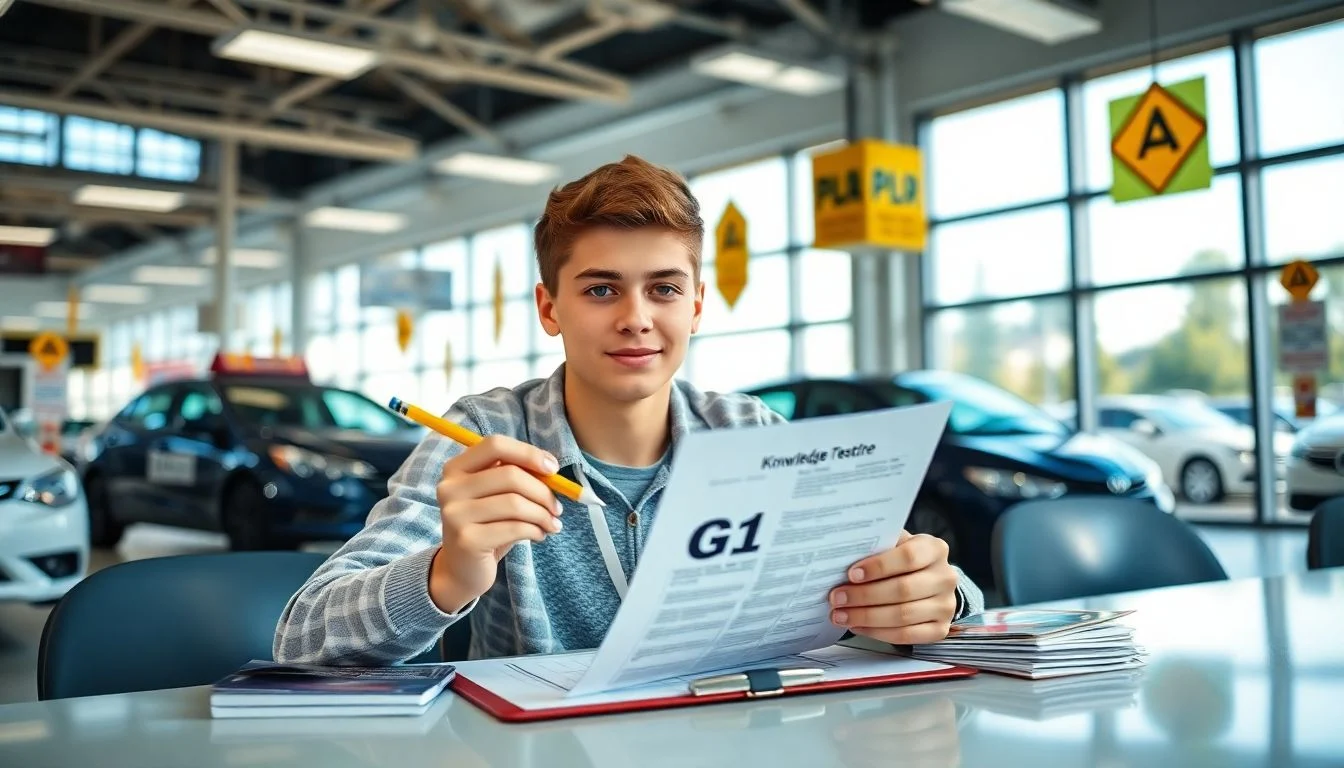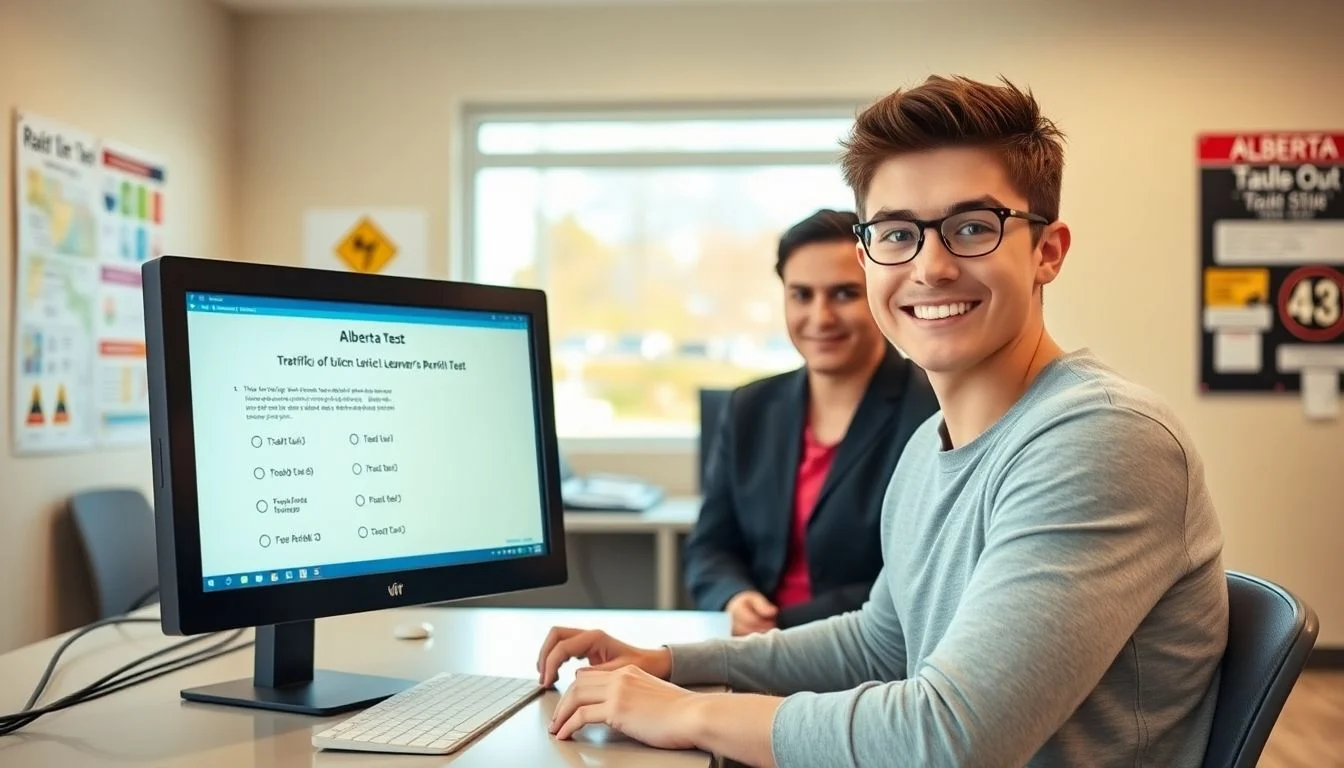Sharing the road isn’t just about driving fast or being in a rush. It’s about making sure everyone — drivers, cyclists, and walkers — stays safe. As cities get busier, more traffic congestion pushes us into closer contact with others. That’s why understanding how to navigate shared spaces carefully is more important than ever. When we all follow simple rules and show respect, accidents drop, traffic flows smoother, and communities become safer.
Understanding the Perspective of Cyclists and Pedestrians
The Challenges Faced by Cyclists
Cyclists face many hazards every time they hit the road. Too often, they’re exposed to traffic risks, especially in places with no dedicated bike lanes. Poor road design and limited infrastructure make riding more dangerous, which leads to more injuries. For example, cities that built protected bike lanes have cut cyclist accidents by up to 40%. These lanes keep riders separated from cars, making rides safer and more appealing.
The Priorities of Pedestrians
Pedestrians are the most vulnerable part of any traffic mix. Crosswalks, sidewalks, and street accessibility are crucial for safety. Sadly, many crosswalks aren’t safe or easy to use, raising the risk of accidents. Data shows pedestrian fatalities are still high in busy cities, especially at intersections without proper signals. Urban planners often call for better sidewalks and pedestrian zones to protect walkers and reduce injuries.
The Legal and Ethical Responsibility of Road Users
Everyone must follow traffic laws designed to keep us safe. Drivers should stop for pedestrians and give cyclists enough space. With rules like yielding and using signals, accidents become less likely. Ethically, it’s about respecting each other’s safety and rights. When users obey traffic laws, accidents involving cyclists and pedestrians decrease dramatically. Think of laws as the rules of a game—playing fair keeps everyone safe.
Best Practices for Drivers to Share the Road with Cyclists and Pedestrians
Obey Traffic Laws and Signage
Speed limits, yield signs, and stop signals are there for a reason. Always stick to posted laws when sharing roads with cyclists and walkers. Experts agree that legal compliance greatly lowers collision chances. For example, a driver who respects stop signs is less likely to hit a pedestrian crossing the street.
Maintain a Safe Distance
Passing cyclists and pedestrians safely is about enough space. The three-foot passing rule is widely recommended where legal. Use your mirror and check blind spots before passing, and don’t rush through tight spaces. State laws often make minimum passing distances compulsory; ignoring them can lead to serious accidents.
Be Alert and Watch for Vulnerable Road Users
Stay focused when driving. Avoid distractions like your phone or adjusting the radio. Remember, pedestrians and cyclists can be unpredictable. They might step into your path suddenly. Proactive awareness helps detect these surprises early and prevents crashes. Experts say that paying attention is the best way to save lives on busy streets.
How Cyclists and Pedestrians Can Stay Safe
Cyclist Responsibilities and Safety Gear
Cyclists should always wear helmets and bright clothing. Lights and reflectors during night rides help cars see them better. Signaling intentions, like hand signals before turning, shows drivers what they plan to do. High-visibility gear can make all the difference at dawn or dusk when light is low.
Pedestrian Safety Tips
Walk in designated crosswalks and listen for traffic signals. Stay alert; don’t get distracted by your phone or other devices. Making eye contact with drivers can also confirm they see you. Some cities add pedestrian-activated signals at busy intersections, which greatly improves crossing safety.
Navigating Shared Spaces Responsibly
Recognize shared zones and traffic-calmed streets designed to slow down cars. Be respectful and communicate clearly with hand gestures or verbal cues. If a cyclist shows they want to pass, give space. Picture it like a dance—coordinated movements protect everyone and make sharing effortless.
Infrastructure and Policy Improvements to Promote Safe Sharing
Improving Road Design for All Users
Cities can invest in protected bike lanes, wider sidewalks, and pedestrian zones. These physical changes make sharing easier and safer. Data shows that better infrastructure reduces collisions and encourages more people to walk or bicycle. Urban planners aim for streets that welcome everyone, no matter how they travel.
Enforcing Traffic Laws and Penalties
Cameras, fines, and strict enforcement help keep rules in check. When violations are penalized, drivers are more careful. Several cities report a sharp drop in red-light running and illegal parking after installing surveillance cameras. Enforcement makes rules stick, helping everyone stay safe.
Community Education and Awareness Campaigns
Sharing safety tips through local programs educates drivers, cyclists, and pedestrians alike. Outreach initiatives often include workshops, posters, and media campaigns. These raise awareness and remind everyone of their role in keeping streets safe. Participating in community safety events is a simple way to get involved and learn more.
Conclusion
Safety depends on each of us. As drivers, cyclists, and pedestrians, we shoulder a shared responsibility. Following traffic laws, staying aware, and supporting infrastructure improvements can cut down accidents. Respect for others isn’t just good manners — it’s the key to safe roads. Remember: each person’s effort makes streets safer for everyone. Stay alert, be respectful, and champion safer streets today.


